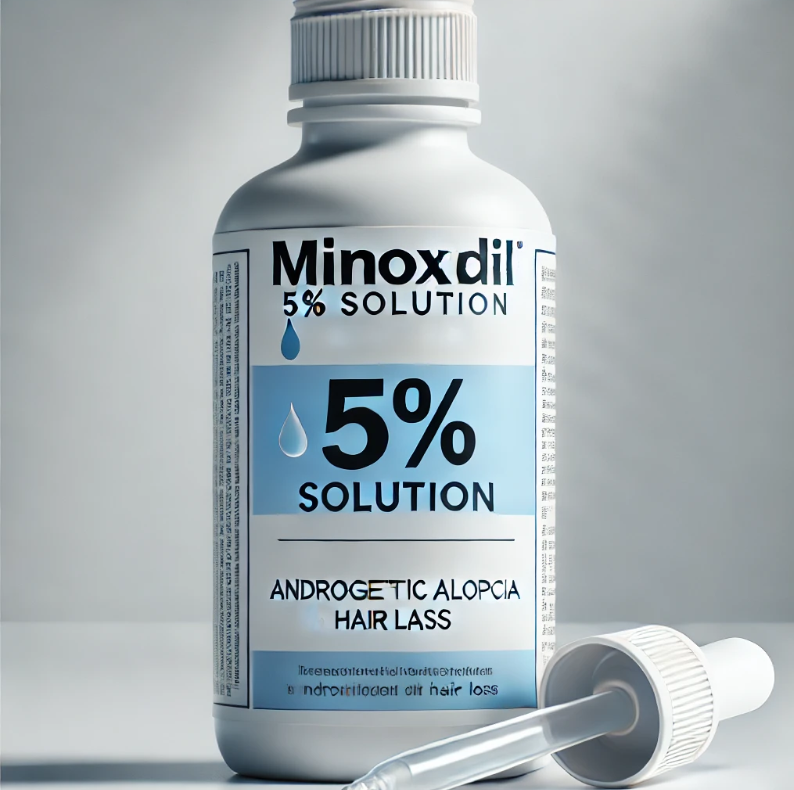Categories
- Blog (65)
Minoxidil is a widely use topical treatment for hair loss, particularly androgenetic alopecia (male or female pattern baldness), Its effects mainly include promote new hair growth and prevent further loss. Below is the details about Effects of Minoxidil in Promoting New Hair Growth vs Preventing Further Loss.
Vasodilation: Minoxidil is a vasodilator, meaning it widens blood vessels. When applied topically to the scalp, it increases blood flow to hair follicles, potentially delivering more oxygen and nutrients that can stimulate hair growth.
Prolongs the Anagen Phase: It extends the active (anagen) phase of the hair growth cycle, which is the stage where hair is actively growing. This may lead to more and thicker hair strands.
Follicle Stimulation: Minoxidil can stimulate dormant hair follicles to enter the growth phase, leading to new hair growth in areas that have thinned or where hair has stopped growing.

Slows Hair Shedding: Minoxidil reduces hair loss by slowing down the miniaturization process, where hair follicles shrink and produce thinner, shorter hairs over time.
Maintains Hair Density: By supporting follicles in the anagen phase and delaying their transition into the shedding (telogen) phase, Minoxidil helps maintain existing hair density, preventing further hair loss.
Effectiveness:
New Growth: Most users experience moderate to good regrowth in areas that are thinning but still have functioning follicles. However, it is less effective in areas of complete baldness.
Prevention: Minoxidil is more reliable in preventing further hair loss than in regrowing hair, particularly in those who begin treatment early in their hair loss journey.
It’s important to note that while Minoxidil can slow hair loss and promote some regrowth, its effects vary from person to person. It tends to be more effective in the early stages of hair loss. If discontinued, any benefits gained may be reversed, and hair loss can resume.